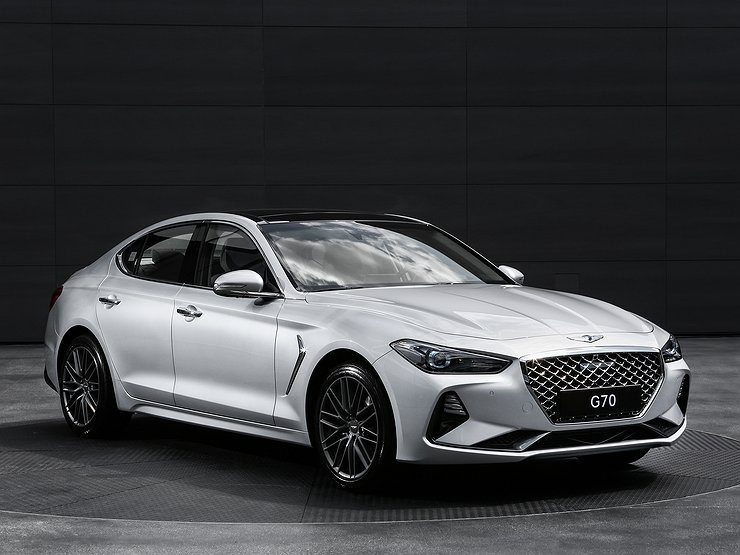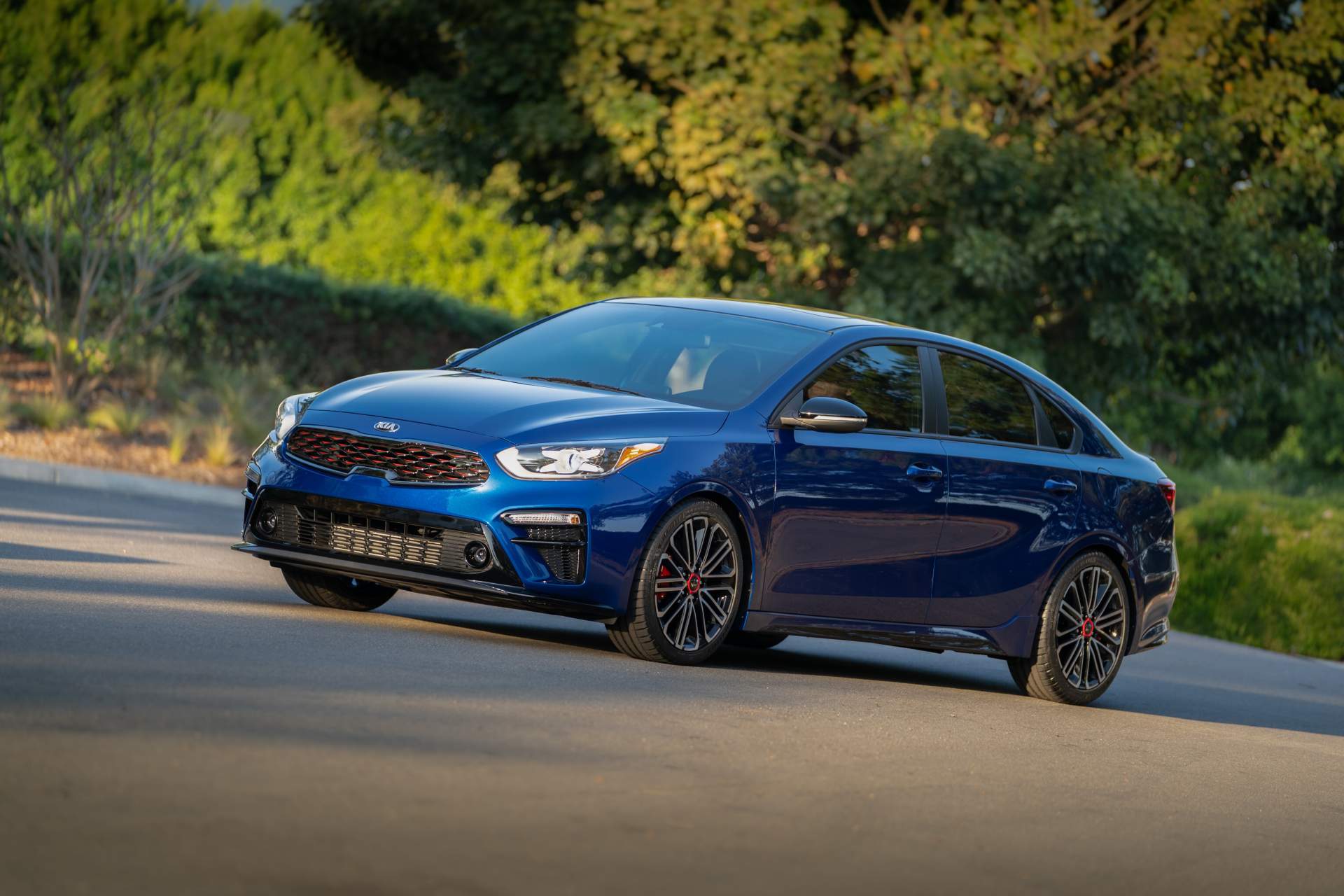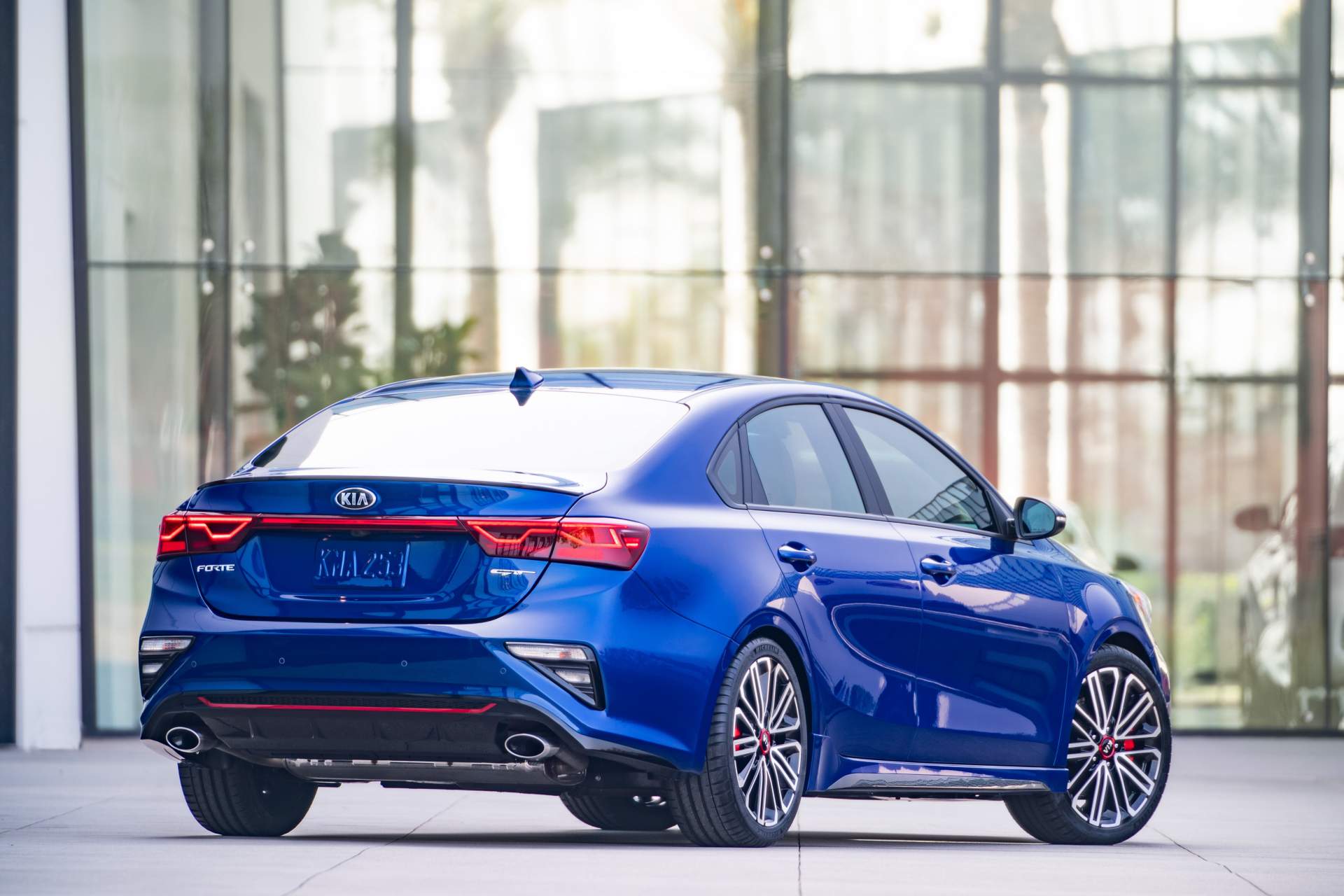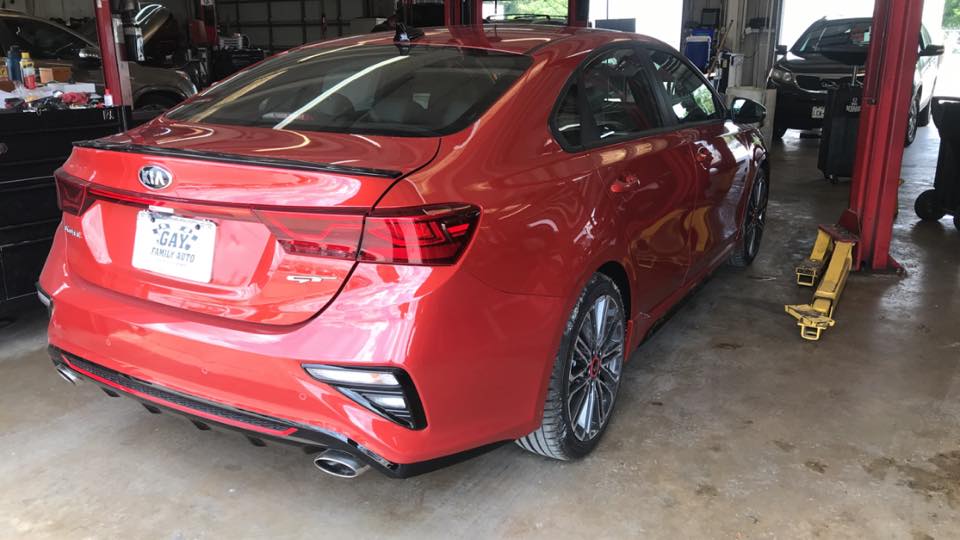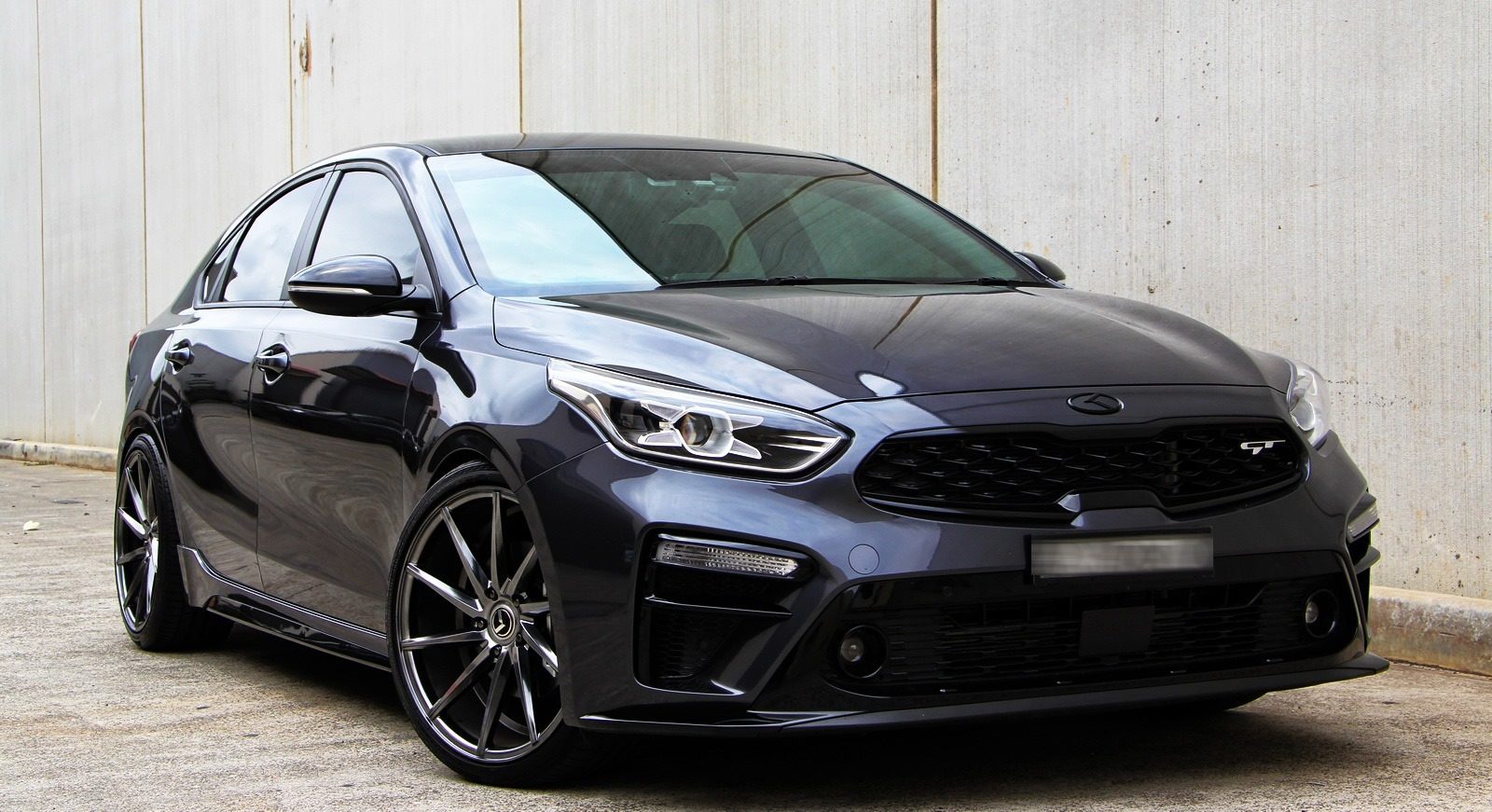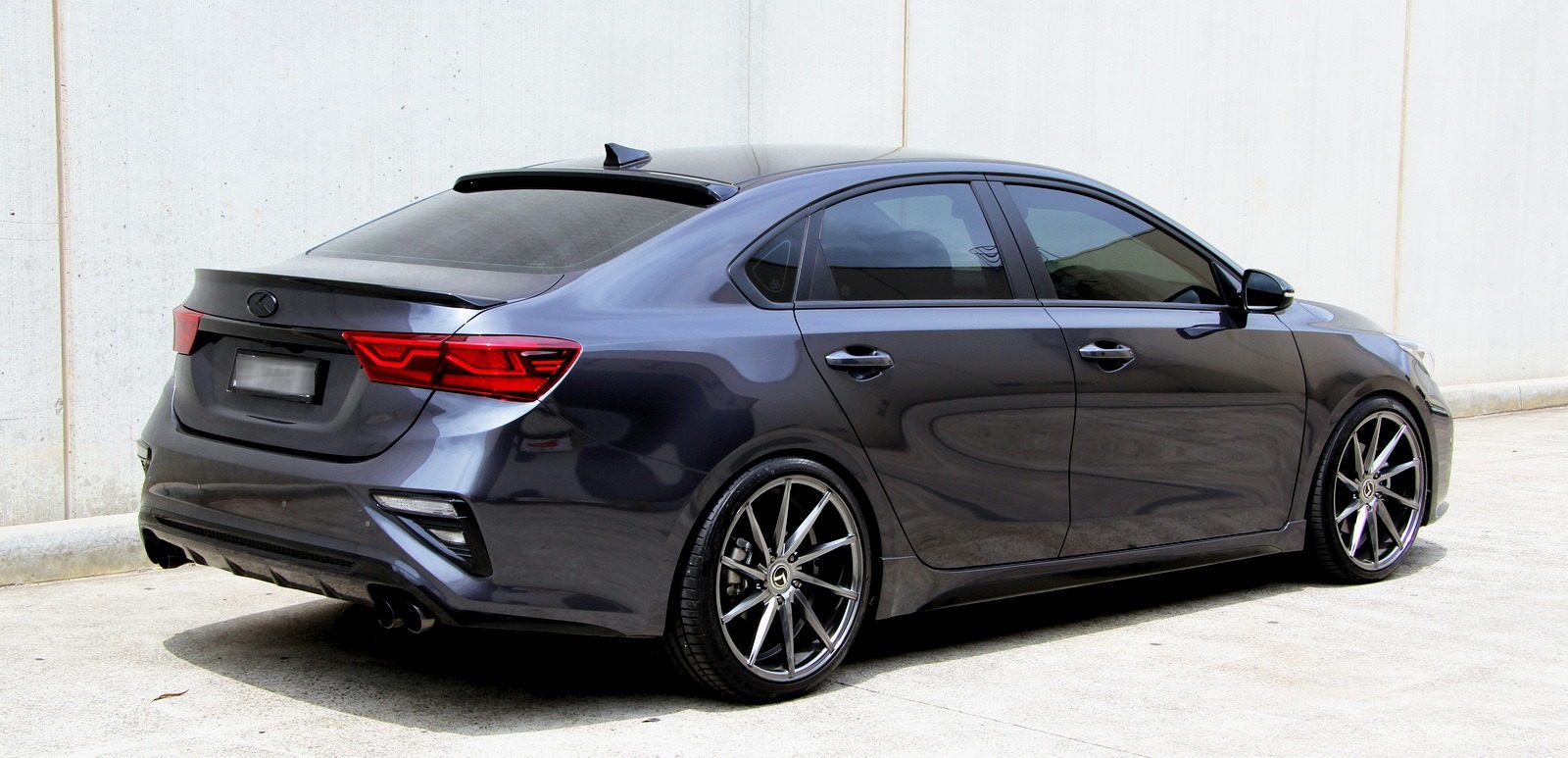In the UK at least Kia/Hyundai are two of the few manufacturers that offer multi-link across the range in this market segment. Not even Mercedes does that with the A-class!
People make far too big a deal about torsion beam rear ends though. It might be valid if Renault and Peugeot hadn't spent most of the last 30 years or more making better handling front-drive cars than just about anyone else, despite using torsion beams. The rear end in a front-drive car is just being dragged about the place anyway...
Full disclosure: the best-handling front-drive car I've ever driven did have an independent rear end, admittedly (the DC2 Integra R). But the difference to the next-best I've driven (mostly Renaults - Clio 200 Cup, Clio 182 Trophy, Megane R26.R, but also the current 208/308 Peugeot Sport GTIs) is so small I'm not sure it makes a great deal of difference in that class of car. All of the above drive better than any of their independently-suspended rivals of their respective eras.
At least when the car is light. It probably starts to make more of a difference in porky 1400kg-plus modern hot hatches. But I'd not dismiss something entirely based on its rear suspension, is more the point I'm getting at.

